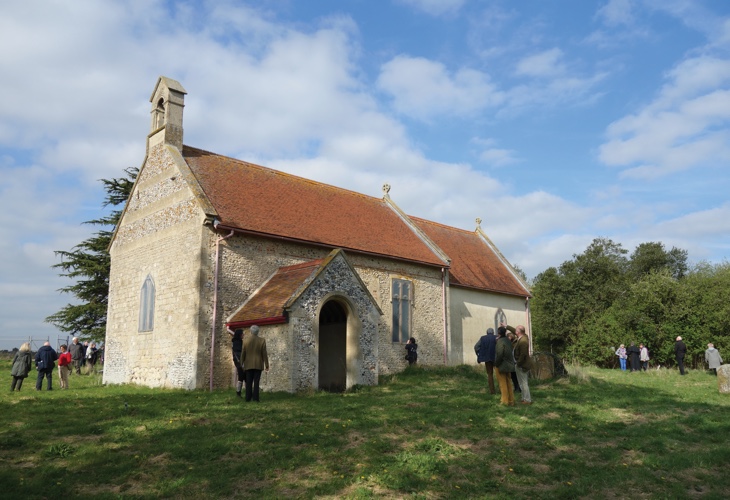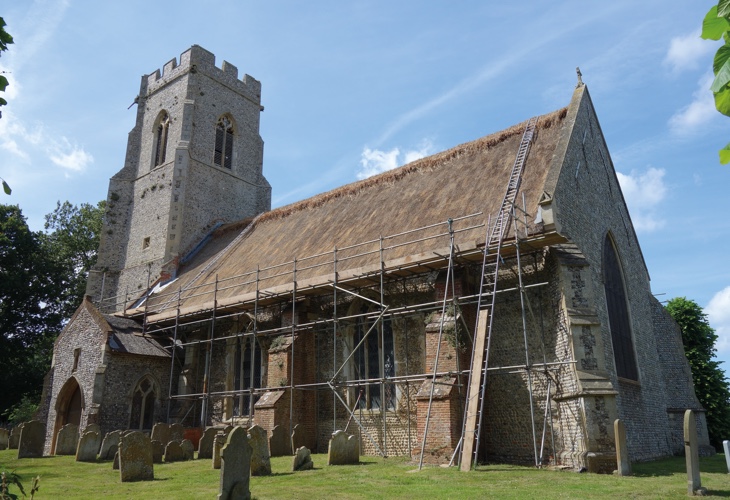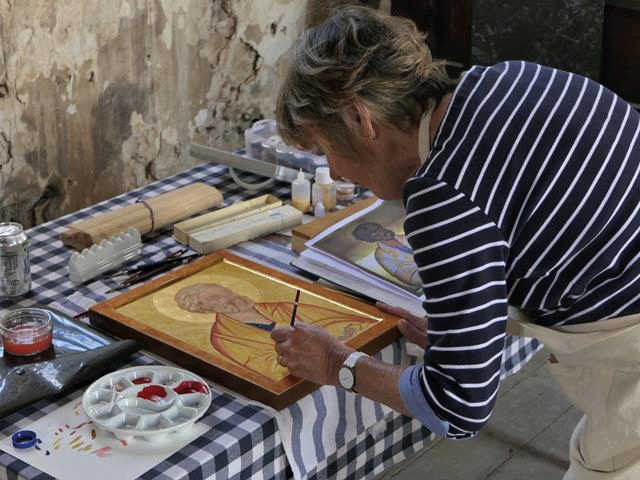The report of the Diocese of Norwich Church Buildings Commission, chaired by Laura McGillivray MBE , is now published on the Diocesan website, and can be downloaded at https://www.dioceseofnorwich.org/churches/buildings/the-church-buildings-commission/
The title of the report – Lifelines for Historic Churches and their Communities: Keeping Church Buildings Open – encapsulates the positive tone of the document; not a list of possible church closures then but a careful analysis of the current situation based on parish and public surveys, accompanied by recommendations to help congregations, village communities, central church authorities and wider society to care for this great heritage of historic church buildings. These recommendations include the expansion of the pioneering Diocese of Norwich Churches Trust as both an enabling body, and for a few churches a temporary safety net, as well as the appointment of additional Church Building Support Officers to assist parishes in the care of their buildings. The report contains an executive summary, a substantial central section of research and consultation findings, detailed recommendations in full and, at the end, annexes of case studies related to individual benefices and parishes.
The Norfolk Churches Trust has provided information and advice to the Commission. I have served as a Commission member and evidence has been taken from the Secretary, Scilla Latham and the Chairman of the Church Buildings Committee, Michael Sayer. The work of the Commission involved a good many meetings, visits to parishes and drop-in sessions to gather information and views from church members. It was addressed by specialists from the Diocese of Norwich, Historic England, the National Lottery Heritage Commission, and many other national and local organisations involved in heritage, culture, and tourism.
As Bishop Graham writes in his introduction, “If there was an easy answer, I am sure that it would have been found by now.” There is indeed no magic wand, but the report recommends practical measures that can be taken at all levels. The vigour of the Church as an institution and the vitality of its mission is key to the long-term sustainability of our historic church buildings. But there is also an urgent need for the wider secular community to recognise that without much greater public understanding and engagement in the use, care, and enjoyment of these ancient places there can be no real confidence about their future. That is why one of the key recommendations of the report is the establishment of an independent Norfolk and Waveney Churches Culture and Heritage Partnership to engage a wide range of organisations and the public in caring for church buildings and to encourage community engagement. Church buildings, so often a source of local pride, can also be a focus of joint endeavour and social cohesion, enriching lives with a sense of shared history and cultural wealth.
As the report was being written, the House of Lords was debating legislative changes to allow parish councils the ability to contribute to the cost of church repairs (one of the report’s recommendations). If this is successful it will allow greater local secular involvement in church care. Even more encouraging was the recent establishment, by the Church Commissioners and the Archbishops’ Council, of a Buildings for Mission Fund for the next triennium. This should allow individual dioceses to invest in the care of buildings and to employ the extra Church Building Support Officers mentioned above.
It is now for the Bishop and Diocese of Norwich to consider the Commission’s report and recommendations. Whatever is decided the Norfolk Churches Trust will want to respond appropriately and continue to give all the help that it can to the historic churches of the county.
John Maddison






